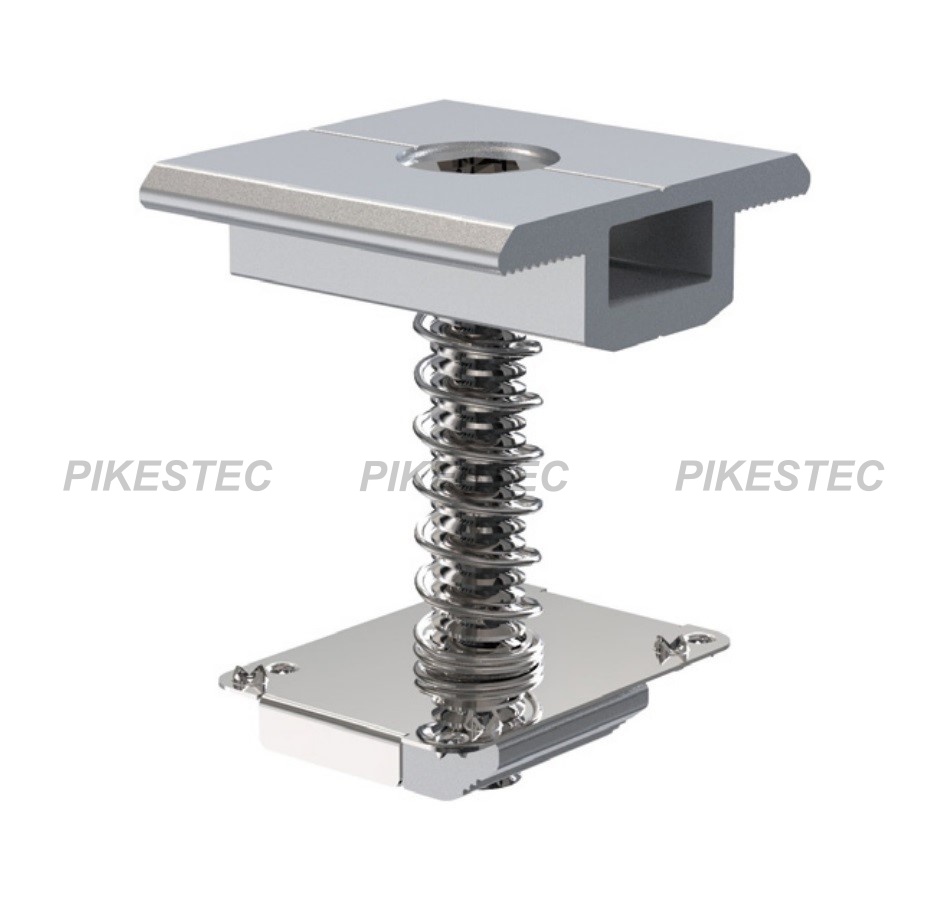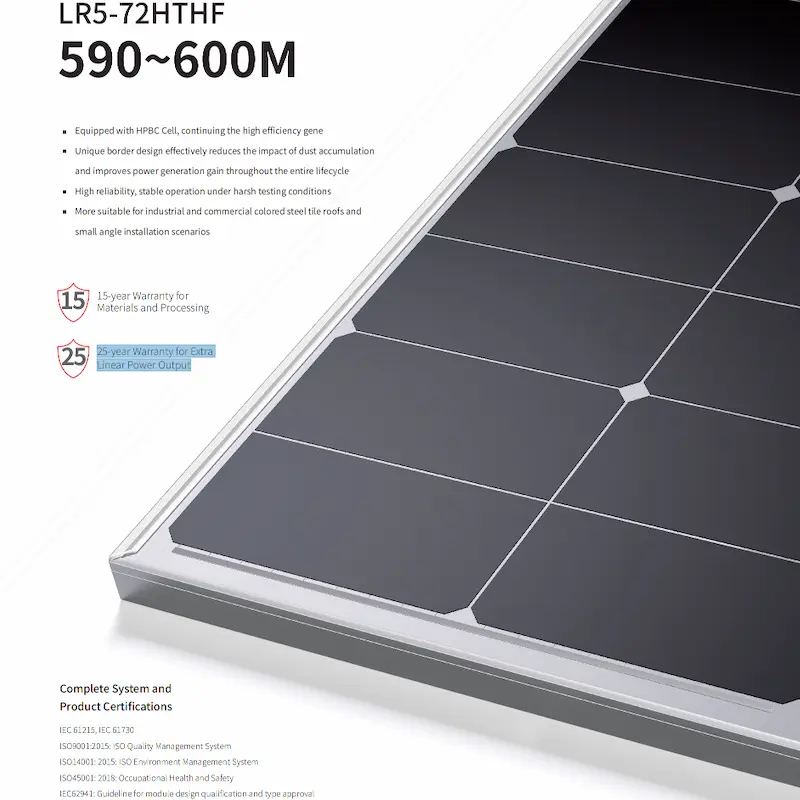Your guide to solar panel mounts in 2024
As the solar industry has expanded rapidly in recent years, the technology used to mount panels to residential rooftops has experienced incredible innovation and rapid growth. Solar panel mounting systems are now available for all kinds of roofs, from asphalt shingles to clay tiles, to standing seam metal, and everything in between.
Modern solar mounting systems consist of roof attachments (with or without flashing), mounting rails, and module clamps. These products are designed to allow workers to quickly and effectively install solar panels that will last for decades on the roof, with minimal effect on the roofing materials and no roof leaks. Ground-mounted racks are also available.
There are many options for what you need, no matter your roof style or ground mounting system necessities. Your solar installer will know the best option to get the most use out of your solar system.
Below is our expert review of solar panel mounting solutions
What is solar panel mounting and racking?
Solar panel mounts and racks are equipment that secures solar panels in place.
Mounting allows the panels to be adjusted for optimal tilt, which can be based on latitude, seasons, or even time of day — to ensure maximum solar energy production. The most common locations for mounting are on the roof, using solar roof mounts, or on the ground with ground-mount options.
In terms of cost, mounts and racking typically account for about 10% of the total cost of an average solar system. For example, if your solar system cost $10,000, the racking system portion would be about $1,000 of the total cost.
The price will depend on the type of racking you use, the amount of equipment needed, and labor costs for installation.
The most common technique of module mounting is using a solar panel mounting bracket. Mounting brackets are heavy-duty equipment, usually made from stainless steel or aluminum. All solar racking and mounting products, whether for the rooftop or ground, must meet strict guidelines to ensure durability and structural integrity to withstand high winds and weather events.
Next, we will walk you through the main components that make up racking equipment so you can better understand the structure that will support your solar panels.

What are the most important components of a racking system?
Solar panel racking equipment is built with 3 main components:
- Roof attachments
- Module clamps
- Mounting rails
Each tool plays a key role in how the structure supports your panels, to ensure you get the most amount of solar power out of them.
Roof attachments
The roof attachments are the fasteners that will be drilled into your roof in order to secure the racking system in place.
The holes these drills create will be surrounded by ‘flashing’, which is a plastic or metal shield that is inserted between shingles to prevent water from getting into the hole. However, roof attachments differ for each roof type.
The roof attachments are the fasteners that will be drilled into your roof in order to secure the racking system in place. These fasteners serve as the primary connection points between the solar panel mounting structure and your roof, ensuring that the entire system remains stable and secure. The holes created by drilling will be surrounded by ‘flashing,’ which is a waterproof barrier typically made of plastic or metal. Flashing is inserted between shingles or tiles to prevent water from seeping into the roof through the drilled holes.
Module clamps
Module clamps are essential components in a solar panel mounting system, serving to securely attach the solar panels to the mounting rails. The module clamps attach the drilled-in roof attachments to the mounting rails. There are a few different module clamp types for each angle and corner of the solar panel.
Module clamps play a critical role in the installation of solar panels, ensuring that the panels are securely attached to the mounting rails. Different types of clamps are used depending on the installation requirements, such as mid-clamps for general support, edge clamps for securing the ends of the panels, and corner clamps for additional support at the corners. Choosing the right clamps and ensuring proper installation is crucial for the stability and longevity of the solar panel system.
Mounting rails
After drilling into the roof, the roof attachments are then connected to mounting rails via module clamps that will then support the solar panels. This process is crucial for ensuring a secure and stable installation. The roof attachments are carefully positioned and fastened into the roof, providing a solid foundation for the mounting rails. Module clamps are then used to connect the rails to these attachments, creating a robust framework that will bear the weight of the solar panels. These clamps are designed to hold the rails firmly in place, ensuring that the entire system is secure and can withstand various weather conditions.
Although there are rail racking options available, rails remain the most commonly used choice for several reasons. Rails can be securely attached to a wide range of roof angles, making them suitable for almost any type of roof. Furthermore, many installers are trained using rail mounting systems, which makes the installation process more efficient and straightforward. Rails provide a uniform and predictable platform for mounting solar panels, which is beneficial for both the installer and the homeowner.
When it comes to solar panel mounts, while there are numerous manufacturers in the market, only a select few stand out in terms of quality. Our company’s products are among top choices. We focus on providing high-quality solar panel mounts that are designed to meet the rigorous demands of outdoor power generation. Our commitment to quality and reliability means that our products are not only durable but also easy to install, ensuring that your solar panel system performs optimally for years to come.

Which ground-mount system is best?
When considering the best ground-mount system for solar panels, several factors come into play, including the location, soil type, local climate, and specific project requirements. A problem with rooftop solar is that it’s heavily constrained by the characteristics of your roof. Homeowners who install ground-mounted solar panels do so for one of three reasons:
1.They have insufficient roof space
2.Their roof faces north – which is bad for panel output
3.They want to optimize the performance of their system
Solar panels produce the most energy when they’re facing south. Depending on the orientation of your house, this isn’t always an option. On a roof, there might be further limitations like shade from surrounding buildings and trees.
Options to choose from include ground mounts that can be secured into the ground or ballasted mounts. Ballasted mounts sit on top of the ground and are not secured in , but are held down by the weight of the panels themselves. Ballasted ground mounts tend to be more popular since there is no drilling required for installation.

conclution
The best ground-mount system for your solar panels will depend on your specific requirements and the conditions at your installation site. For example, if maximizing energy output is crucial, a dual-axis tracking system might be the best choice. However, if you are looking for a low-maintenance and cost-effective solution, a fixed tilt system could be more appropriate. You can contact us and consult with a solar installation professional to determine the most suitable system for your project.




